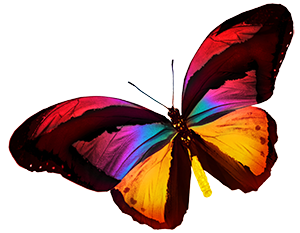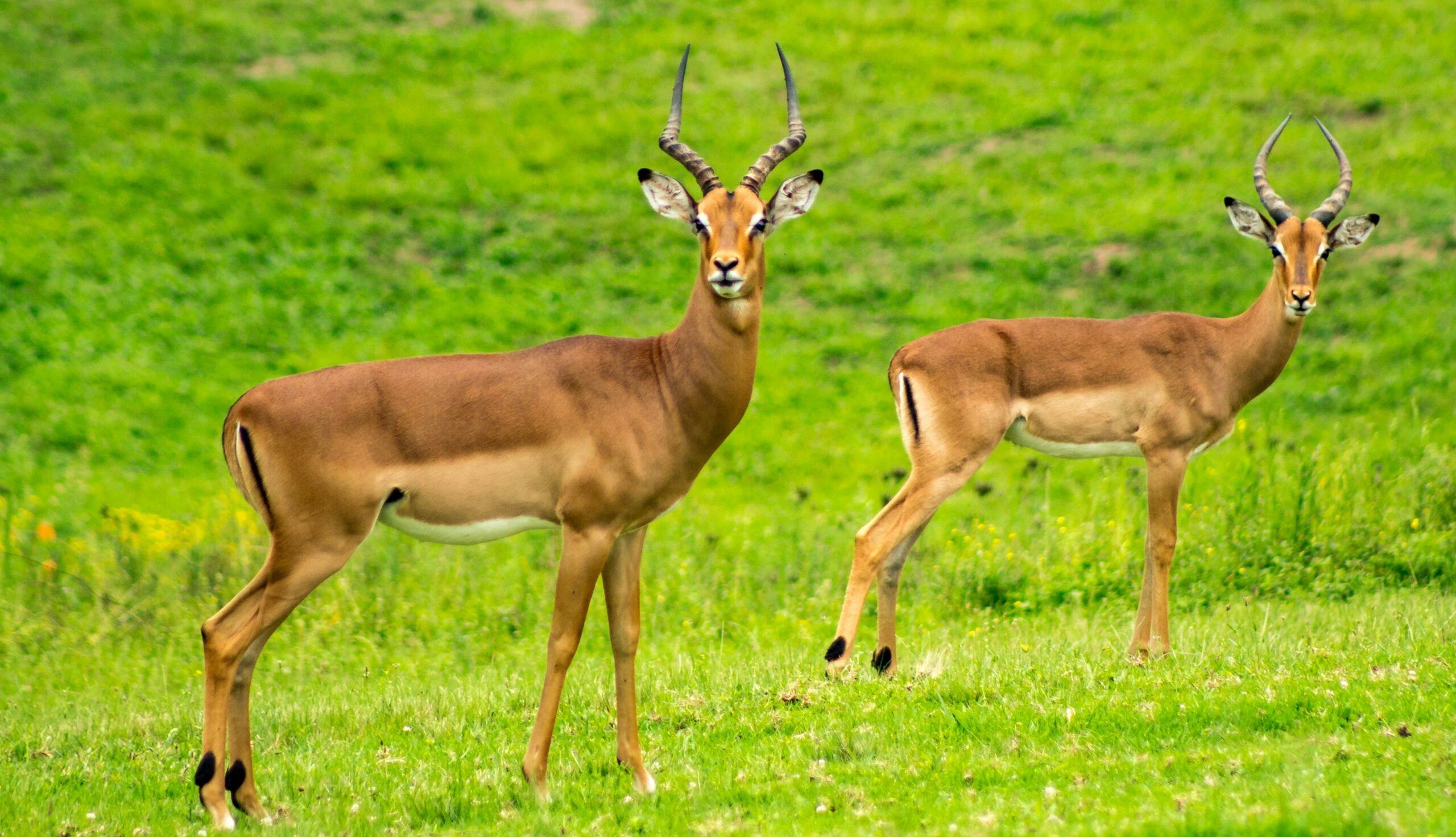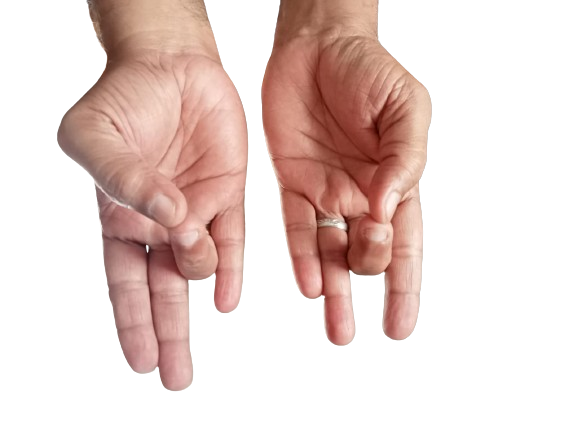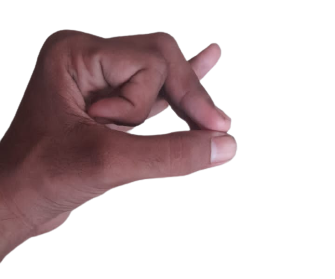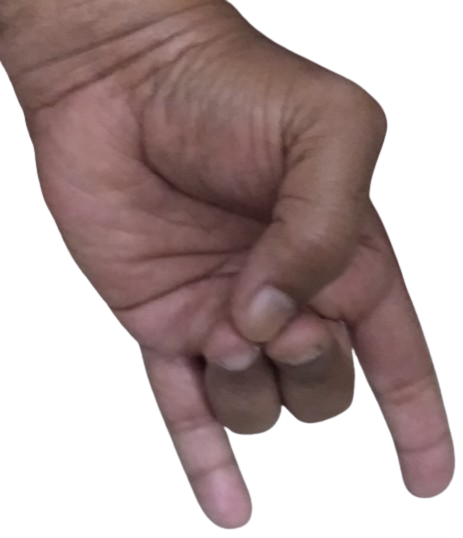The term balanced diet has gained popularity in recent years. It is said that this concept dates back to 15th century. However, the natural food habits of our ancestors had the right type of nutrients and vitamins and hence they have enjoyed the benefits of balanced diet thousands of years ago. Ancient people from the land of Tamilnadu had classified their lands into five categories. Going by ancient Tamil literature, people belonging to these five categories of land had followed the practice of having balanced diet,
According to ancient texts, a perfect meal has to provide six different types of tastes. This being a fast food world, our plates are often filled with foods that are not synonymous with balanced diet. Today's post is on balanced diet and the benefits of balanced diet.
What is Balanced Diet?
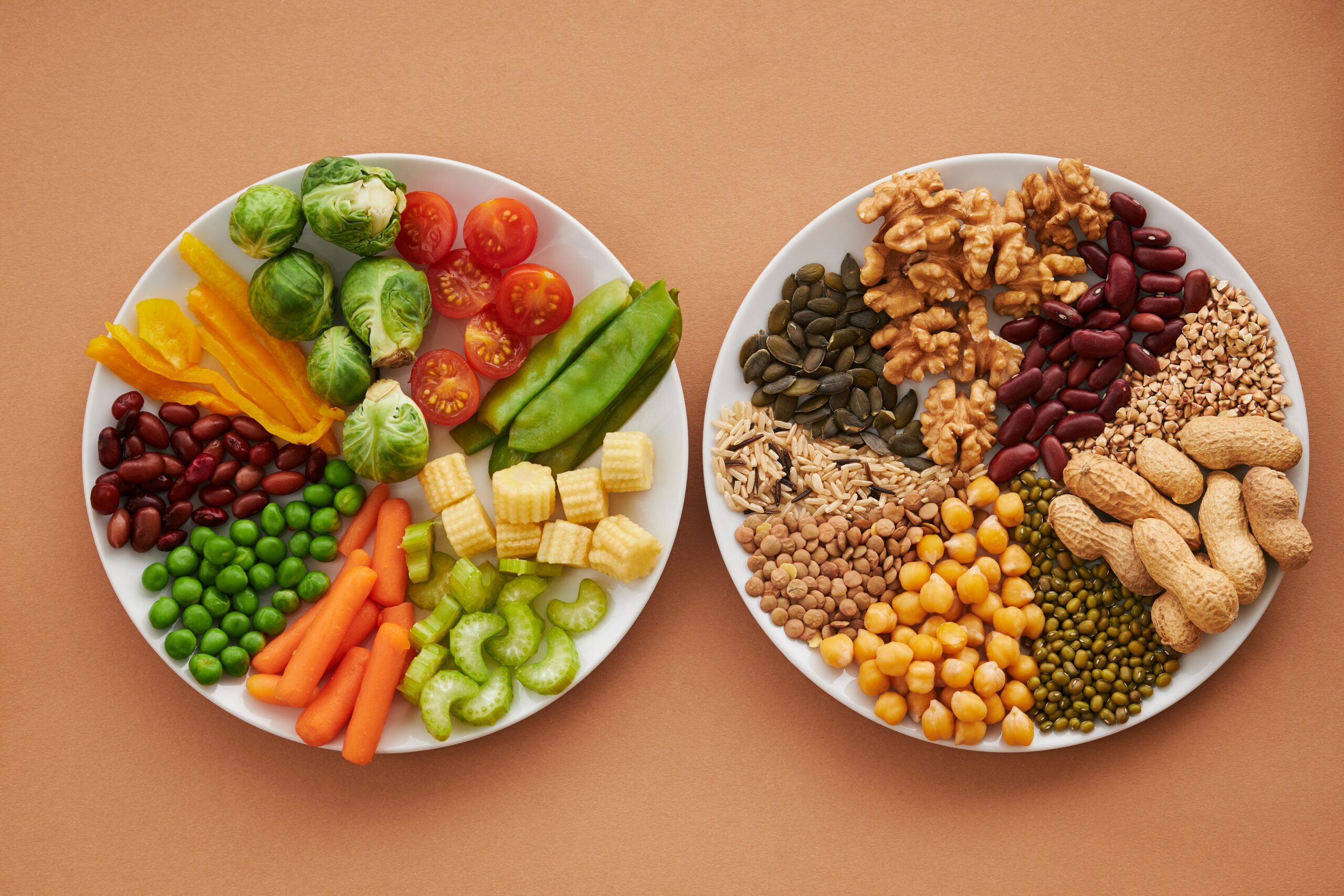
Source: Photo by Vanessa Loring: https://www.pexels.com/photo/plate-of-assorted-vegetables-beside-a-plate-of-nuts-and-beans-5966152/
Balanced diet is a combination of foods that supports healthy functioning and maintenance of our body. Balanced diet consists of five most essential nutrient groups in appropriate amounts to help us lead a healthy life. The five most important nutrients are:
1) Carbohydrates
2) Proteins
3) Fats
4) Vitamins
5) Minerals
Fibre, which is not a nutrition, should also be included in our diet as it aids in digestion. Apart from these five key nutrients, we need to include water, which is essential for survival.
The nutrients mentioned above are classified into two types.
Macronutrients and Micronutrients
The nutrients required by our body can broadly be classified as macronutrients and micronutrients.
Macronutrients: Carbohydrates, protein and fats along with water are classified as macronutrients. These macronutrients are required in large quantities by the body. These not only provide us with energy but also provides us with calories to maintain our body's processes. Macronutrients are also important for metabolism.
Micronutrients: Vitamins and minerals are classified as micronutrients. These micronutrients play a vital role in the growth of the body, brain growth and functions of the immune system. Micronutrients are essential to lead healthy life. Unlike macronutrients, the required quantity of micronutrients is less.
Vitamins are classified as fat-soluble vitamins and water-soluble vitamins.
Fat-Soluble Vitamins
After intake of food, certain vitamins dissolve in fat. These are fat-soluble vitamins. These vitamins are stored in liver, muscles and adipose tissue.
Fat-soluble vitamins are:
- Vitamin A - Carrot, cabbage, sweet potato, milk, eggs etc.
- Vitamin D - Cow's milk, fortified almond / soya milk, cod liver oil, salmon, egg etc.
- Vitamin E - Pumpkin, peanuts, sunflower seeds and almond
- Vitamin K - Broccoli, mustard greens, spinach, cauliflower, cucumber, cabbage, green peas etc.
Water-Soluble Vitamins
Water-soluble vitamins are absorbed by the body for immediate use. Vitamin B12 is the only water-soluble vitamin that is stored in the body. Other vitamins that are not absorbed by the body are eliminated through urine. Hence, it is essential that water-soluble vitamins are included in every day's diet.
Water-soluble vitamins are nine in number. They are:
- Vitamin B-1 (thiamine) - Sesame, pulses, pineapple, spirulina etc.
- Vitamin B-2 (riboflavin) - Yoghurt, spirulina, egg, salmon, sweet potato, spinach, banana, dates etc.
- Vitamin B-3 (niacin) - Brown rice, peanuts, banana, avocado, salmon etc.
- Vitamin B-5 (pantothenic acid) - Mushroom, avocado, banana, egg etc.
- Vitamin B-6 (pyridoxine) - Leafy greens, chickpeas, banana, papaya, pineapple etc.
- Vitamin B-7 (biotin) - Sweet potato, egg, peanut, walnut etc.
- Vitamin B-9 (folate, folic acid) - Leafy greens, sunflower seeds, whole grains etc.
- Vitamin B-12 (cyanocobalamin) - Milk products, egg, fish, meat etc.
- Vitamin C - Tomato, capsicum, cauliflower, cabbage, orange, guava etc.
Minerals are classified as macrominerals and trace minerals out of which trace minerals are required in very small quantities.
Macrominerals
Macrominerals are required in higher quantities than microminerals.
Macrominerals are:
- Calcium - Milk products, leafy greens, salmon, dates, figs etc.
- Sodium - Beetroot, leafy greens, sea foods etc.
- Magnesium - Peanuts, cashew, almond, pumpkin seeds etc.
- Potassium - Spinach, potato, broccoli, banana, avocado, dry fruits etc.
- Phosphorous - Milk products, whole grains, sunflower seeds, sea foods etc.
- Chloride - Tomato, whole grain, olive etc.
- Sulfur - Leafy greens, egg, fish etc.
Trace Minerals
Trace minerals are required in low quantities by the body.
Trace minerals include:
- Iron - Spinach, broccoli, carrot, chickpeas etc.
- Copper - Whole grains, nuts, guava, pomegranate etc.
- Iodine - Spirulina, milk products, prawn etc.
- Zinc - Brown rice, pumpkin seeds, chickpeas, spinach, cashew etc.
- Manganese - Brown rice, black pepper, banana, pineapple etc.
- Selenium - Potato, broccoli, spinach, green peas, egg, fish etc.
- Cobalt - Spinach, nuts, cabbage, figs, meat etc.
- Flouride - Potato, raisins etc.
How to Maintain Balanced Diet?
Knowing your calorie requirements will help to create your own balanced diet.
The energy obtained from a food is measured by the calorie of the food. The calorie needs of a person are based on:
- Age
- Weight
- Exercise
- Health conditions, if any
Experts say that women need 2000 calories and men need 2,500 calories.
Carbohydrates provide 4 calories per gram.
Protein provides 4 calories per gram.
Fat provides 9 calories per gram.
It is said that our food should have:
45% to 60% of carbohydrates
15% to 20% of protein
25% to 35% of fats
The needs may vary based on the factors mentioned above.
Fibre - Experts say that women should have around 25 grams of fibre and men should have 30 grams of fibre every day.
Five Food Groups
Balanced diet gets complete when we include the five food groups mentioned below:
- Fruits and vegetables
- Grains
- Milk products
- Meat / Equivalent alternative foods
- Fat products
Benefits of Balanced Diet
Having balanced diet offers a wide range of benefits. Here are some of the important benefits of balanced diet:
- Provides necessary nutrients to the body
- Boosts immunity
- Helps to maintain healthy body weight
- Keeps the bones and muscles strong
- Energizes the whole body
- It helps to regulate blood sugar levels.
- Helps to eliminate excess fat
- Promotes heart health
- Cures anaemia
- Promotes youthful appearance
- Keeps the mind healthy
Balanced Diet in the Life of Ancient Tamil
During Sangam Age, Tamil people divided their lands into five types based on the quality of the land. They are:
1) Kurinji - Mountains and mountainous regions
2) Mullai - Forest and regions associated with wilderness
3) Marutham - Agricultural lands
4) Neithal - Sea and seashore
5) Paalai - Desert
From food to god, these five types of regions had everything well-defined.
Tholkappiyam talks about all types of land except Paalai. But, Silapathikaram, which was written at a later age, writes about Paalai as well.
According to ancient literature, the foods had by the people of these five lands were as follows:
Kurinji - Root vegetables, jack fruit, bamboo rice, honey, kodo millet, foxtail millet, sesame, meat, butter etc.
Mullai - Little millet, kodo millet, milk, butter, root vegetables, meat of forest animals
Marutham - Sennel, paddy rice, urad kali, fermented rice, palm wine
Neithal - Fish, rice, palm wine
Paalai - All that they can obtain
While the primary foods of the people of these lands were the foods obtained from sources available in their respective regions, they also traded products to obtain foods from other regions.
Going by their food habits, it is clear that they had a combination of foods such as vegetables, fruits, millets, rice, fat products and meat and hence obtained a wide range of nutrients and vitamins.
You may want to check this article which provides an interesting insight into foods of the Sangam Age.
The rule governing diet was simple in ancient days. Having locally sourced foods primarily and hard work ensured they enjoyed great health.
Modern lifestyle is different unlike the times of the past where every day chores involved physical labor and working for a living meant being active physically. Thankfully, awareness of the importance of exercising is on the rise in current times. Having a perfect workout plan and executing it along with getting quality sleep will help to maximize the benefits of balanced diet.
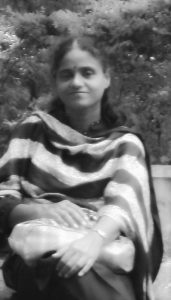
Rama Thamizharasu
Welcome to yogaaatral. I am a yoga therapist, SEO consultant, writer and translator. If you love pets, we invite you to visit our pet blog @ https://voiceofapet.blogspot.com/ and our YouTube Channel https://www.youtube.com/@PetsDiaryPages. We also welcome you to visit our YouTube channel on nature conservatism @ https://www.youtube.com/@letnaturelive1
AGR SHREE SIVA SHAKTHI NAGAR
VEMBAKKAM, TIRUVANNAAMALAI DIST.
DTCP approved lands in residential area for sale in Vembakkam, Tiruvannamalai District. The lands are in ideal location close to schools, banks and market.
With 30 feet and 20 feet roads laid, the project is 10 kms from Cheyyar SEZ SIPCOT and 20 minutes drive from Kanchipuram Bus stand and Railway Station. Investment would fetch good returns.
For further details, contact: 9841770302 / 7092597732 / 9941221126
